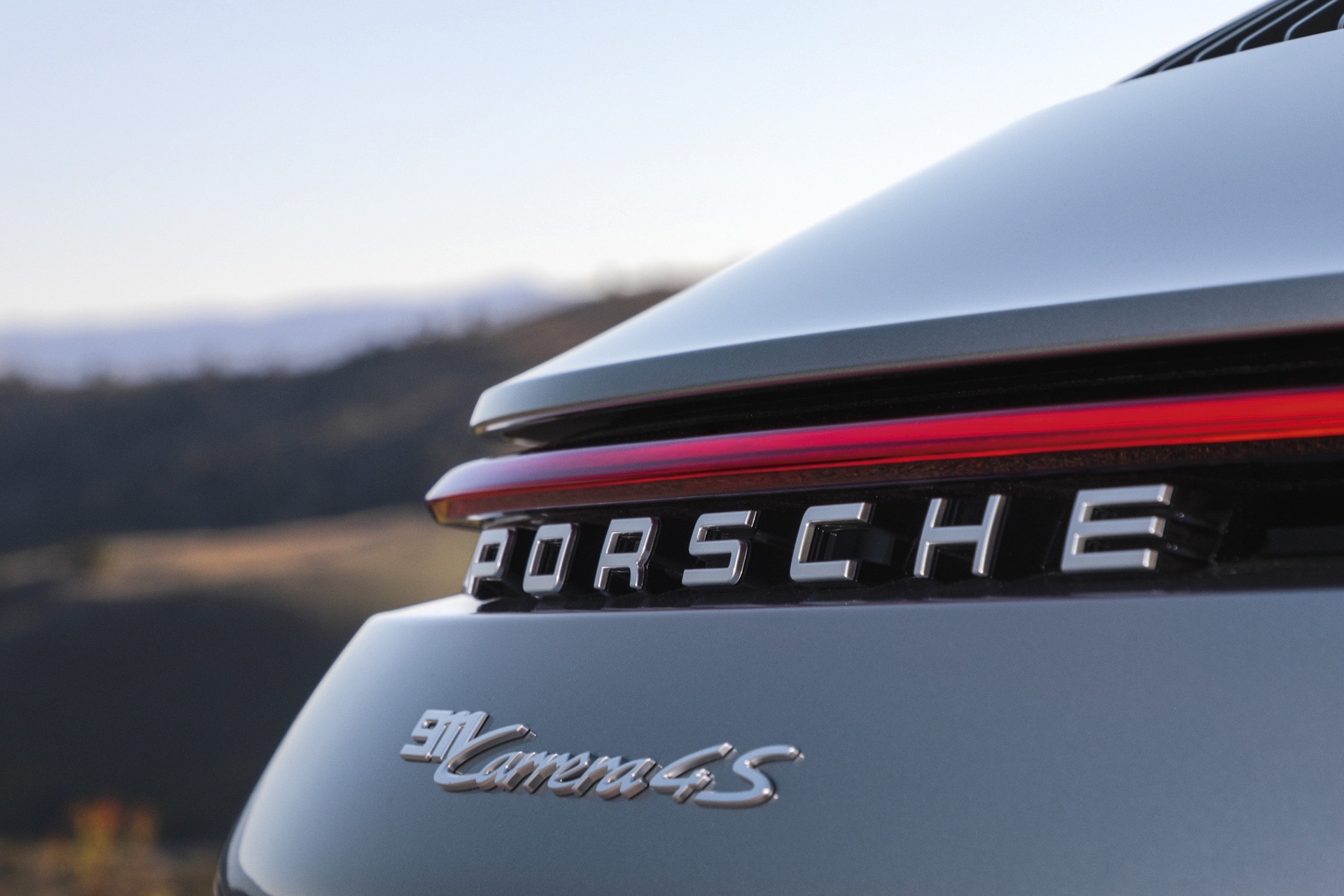It’s abundantly clear that many people love their brand or specific model of car, bike, scooter, what have you. Doing just the most basic search on Google, you will find discussion boards, forums, Reddit sections, Facebook pages, and, much like here, entire websites dedicated to one brand. Own a Corvette? Corvsport.com is where you want to be. Enjoy classic race cars and cars that defined the decades they come from? SportsCarDigest.com is your site.
Yet, out of all these brands, a few filter through and rise to the top—the brands that people want to own. It may be a status symbol, such as owning a Roomba instead of a hand-operated vacuum. It might be competitive electronics, such as in the now two-decades-old war of consoles between Sony and Microsoft (PlayStation and XBox), with fervent supporters for each side. Brands have become status symbols in Western society, and perhaps none are more blatant and visible than the cars we drive.
No Subscription? You’re missing out
Get immediate ad-free access to all our premium content.
Get Started



